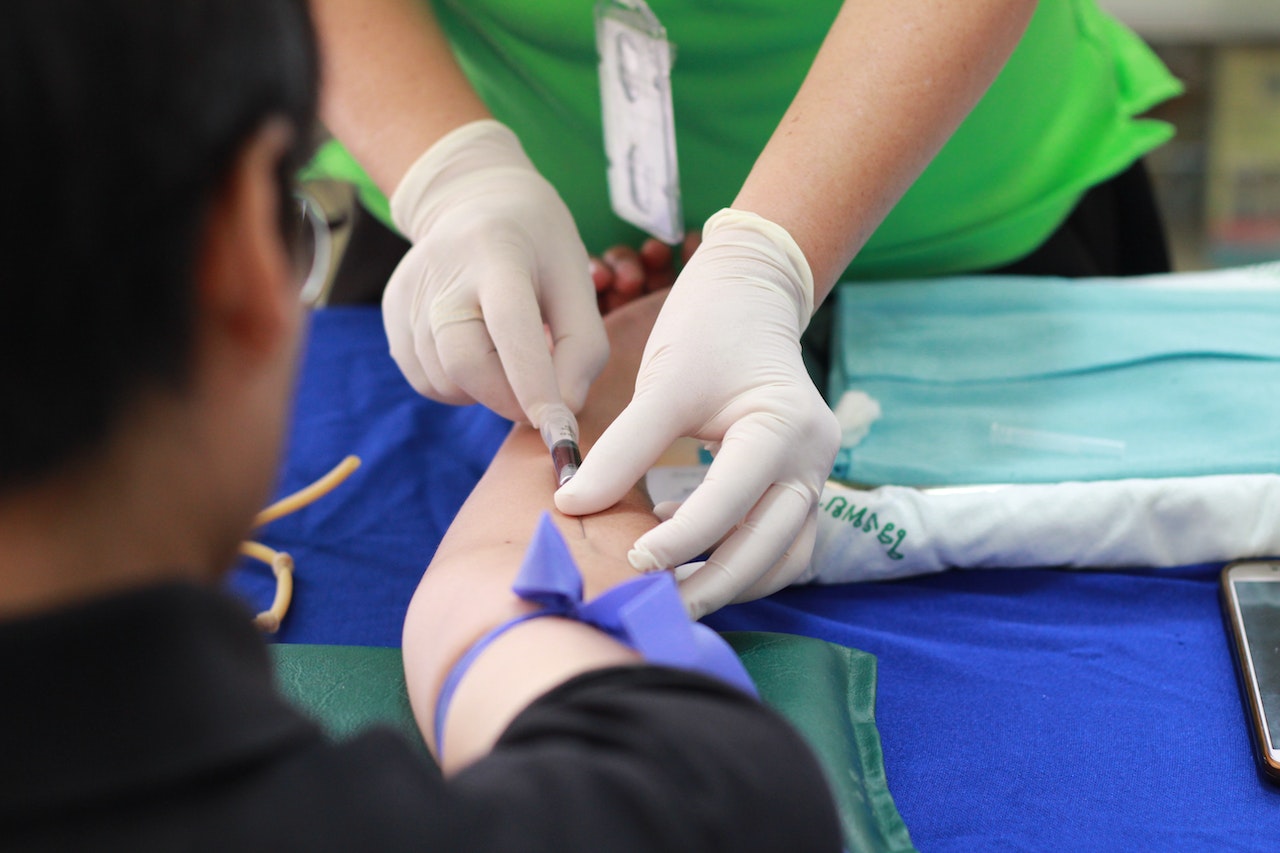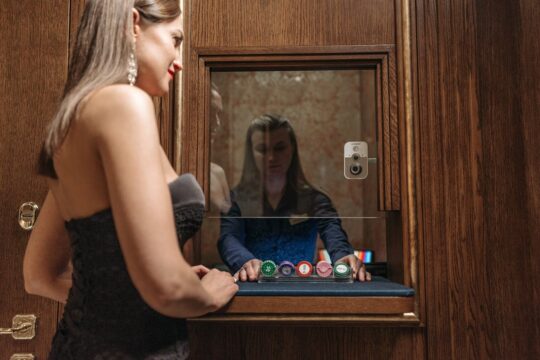Autism is a neurodevelopmental disorder that affects communication and social interaction. Parents can begin to see symptoms when their child is about eight years old. With a proper diagnosis, your child can receive treatment for San Diego autism and improve their social interaction and communication.
Also referred to as autism spectrum disorder, the condition varies from child to child. While one child might find it difficult to speak, another child goes on and on about a specific subject. The situation will affect their school performance and social life in both scenarios.
Symptoms
If your child has autism, they might exhibit symptoms that revolve around three problems: repetition of certain behaviors, restriction of activities, and difficulty in communication and socialization. Your child might display the following early signs of autism:
- Not responding to their name
- Repeating phrases verbatim
- Preferring to play alone
- Making little or no eye contact
- Showing interest in only one object or toy
- Repeatedly doing the same activity
- Sticking to the same routine
- Gets upset if there is a change in their routine
Treatment options
Your child’s healthcare provider creates a treatment plan depending on the child’s symptoms. There are two primary types of treatment methods that can help relieve symptoms of autism by stimulating nerve activity in the brain.
Transcranial magnetic stimulation TMS
The TMS treatment uses magnetic impulses to stimulate the nerves in your brain. Your specialist will look at your brainwaves to ascertain the effect of the treatment on your nerve activity. TMS can help with autism diagnosis because the brainwave patterns of people with autism differ from those without the condition.
The treatment works to restore your child’s nerve activity to normal levels. TMS is significant for people with depression and post-traumatic stress disorder.
Personalized repetitive transcranial magnetic stimulation PrTMS
Similar to TMS, personalized repetitive transcranial magnetic stimulation works by following a personalized TMS treatment. It involves a series of steps that include the following:
Brainwave analysis
Your child might undergo an examination of your brain’s nerve activity. The specialist will use an innovative PeakLogic ComfortScan to obtain an electroencephalogram (EEG). The procedure is quick and tolerable. The test looks at disrupted brainwaves and brain arrhythmia.
Patient Questionnaire
The next step will involve filling out a questionnaire describing the symptoms. Ensure to give as much detail as possible to receive suitable treatment.
Data evaluation
The results from the EEG and the patient’s answers are combined and analyzed. The combination helps to tailor the treatment plan to the patient. The specialist will determine the magnetic pulse intensity and area to target using the acquired information.
Ongoing brainwave analysis
Your healthcare provider will continue to administer EEG to check on the treatment progress of PrTMS. The ongoing brainwave analysis helps specialists fine-tune their treatment methods to ensure the patient recovers quickly.
If your child exhibits some of the above symptoms, visit MindSet for treatment. You will meet qualified and experienced specialists ready to offer personalized treatment to your child after an extensive examination. Call or schedule an appointment online today.




